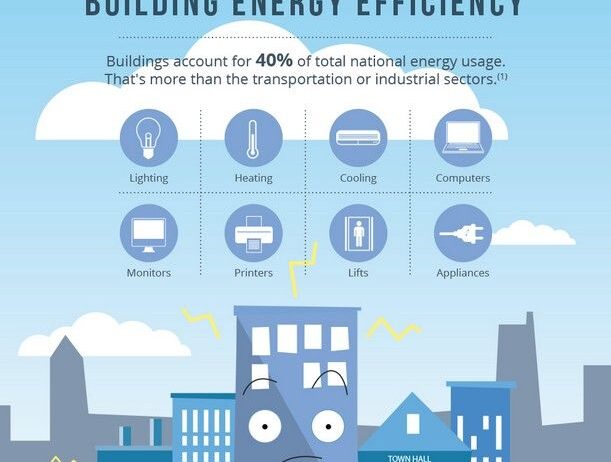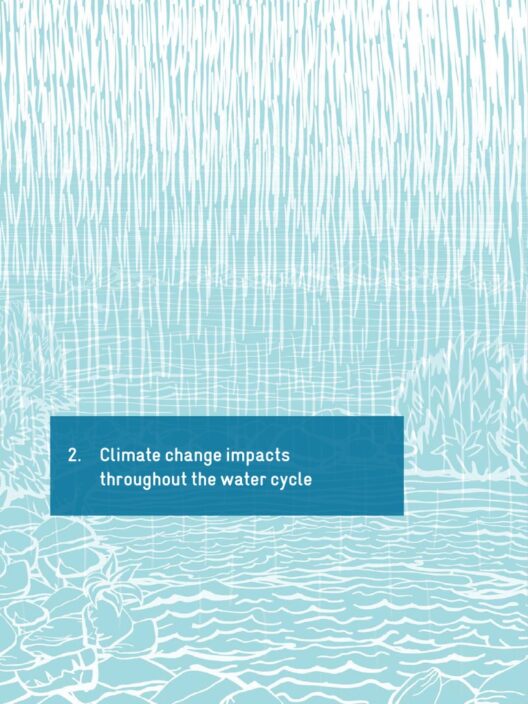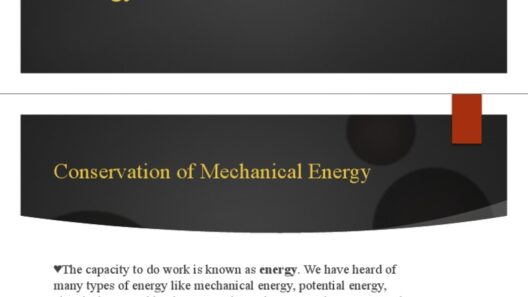As the global community increasingly recognizes the pressing need to confront climate change, the significance of energy conservation within large facilities has gained paramount importance. Buildings, particularly those that are expansive and multifaceted, are one of the largest consumers of energy. Consequently, adopting effective energy conservation strategies can drastically reduce consumption and foster sustainability. Herein, we explore various methodologies to enhance energy efficiency in such environments.
Firstly, conducting a comprehensive energy audit serves as a pivotal first step. An energy audit entails a meticulous assessment of energy use, enabling facility managers to pinpoint inefficiencies. This analysis informs the identification of high-energy-consuming equipment, areas needing insulation upgrades, and opportunities for behavioral alterations among building occupants. A well-executed audit serves as a guide to formulating tailored strategies that are both cost-effective and tailored to specific facility needs.
Implementing advanced building management systems (BMS) is another crucial strategy in the realm of energy conservation. A BMS enables the centralized control of heating, ventilation, air conditioning (HVAC), lighting, and other critical systems within a facility. By optimizing the timing and operation of these systems, a BMS can significantly reduce energy consumption. For instance, utilizing occupancy sensors in conjunction with automatic lighting controls ensures that lights are turned off in unoccupied spaces, thereby mitigating unnecessary energy expenditure.
Lighting redesign and retrofitting with energy-efficient options exemplifies a critical area for intervention. Transitioning from traditional incandescent bulbs to LED lighting not only reduces electricity usage but also extends lifespan, thus minimizing replacement costs. Additionally, the incorporation of daylight harvesting techniques can augment natural light utilization, reducing reliance on artificial illumination. For expansive office spaces, designing with an emphasis on windows and skylights not only elevates aesthetic appeal but also decreases energy dependency.
Another strategy focuses on HVAC optimization. The HVAC system, typically one of the largest energy consumers in a building, requires meticulous calibration and upkeep. Regular maintenance, including filter changes and cleaning of ducts, ensures that these systems operate at peak efficiency. Moreover, the integration of variable frequency drives (VFDs) can modulate fan and pump speeds, conserving energy during periods of lower demand. Employing programmable thermostats can facilitate temperature adjustments according to occupancy patterns, thereby streamlining energy conservation efforts.
Insulation also plays an integral role in maintaining temperature control, which directly correlates with energy conservation. Improving building insulation reduces heat loss in winter and keeps interiors cool during summer. This can be accomplished by upgrading wall insulation, sealing leaks in windows and doors, and using energy-efficient glazing. In multi-story buildings, thermal mass principles can be harnessed wherein materials absorb and retain heat, thereby stabilizing interior temperatures over time.
Renewable energy sources represent a forward-thinking avenue for large facilities seeking energy independence. The installation of solar panels or wind turbines can transform buildings into energy producers rather than mere consumers. Employing a combination of on-site renewable energy generation and smart grid technologies allows for the efficient use of the generated energy, and even surplus energy can be sold back to the grid, creating an additional revenue stream.
Furthermore, educating employees on energy conservation practices is crucial for fostering a culture of sustainability within an organization. Awareness campaigns can elucidate personal accountability in energy use, such as turning off electronics when not in use or appropriating settings on equipment to optimize energy performance. By engaging the workforce in energy-saving initiatives, organizations can harness collective effort for greater impact.
Water conservation methods also intertwine with energy-saving strategies in larger facilities. Implementing water-efficient fixtures, recycling greywater, and utilizing rainwater harvesting systems not only conserves water but also reduces the energy required for water heating and treatment. These practices enhance overall sustainability efforts by minimizing the energy footprint associated with water usage.
Integrating energy-efficient appliances and office equipment, such as Energy Star certified devices, contributes significantly to lowering overall energy consumption. These appliances are meticulously designed to operate using minimal energy without sacrificing functionality. Furthermore, utilizing smart power strips can mitigate “phantom loads,” or the energy consumed by devices when they are not actively in use. The promotion of energy-conscious purchasing decisions reinforces the organization’s commitment to conservation.
Finally, establishing a comprehensive energy management plan is paramount for ensuring that energy-saving measures are sustained over time. This plan should delineate goals, identify responsible parties, and set benchmarks for evaluating progress. Regular review of energy consumption metrics provides insight into the effectiveness of implemented strategies and facilitates timely adjustments to optimize performance continuously.
In conclusion, conserving energy in large facilities requires a harmonious amalgamation of technology integration, behavioral shifts, and design innovations. By conducting energy audits, optimizing HVAC systems, utilizing renewable energy, and fostering a culture of sustainability, organizations can make impactful strides toward reducing their energy footprint. The cumulative effect of these strategies not only enhances operational efficiency but also advances broader environmental objectives vital for combating climate change.








